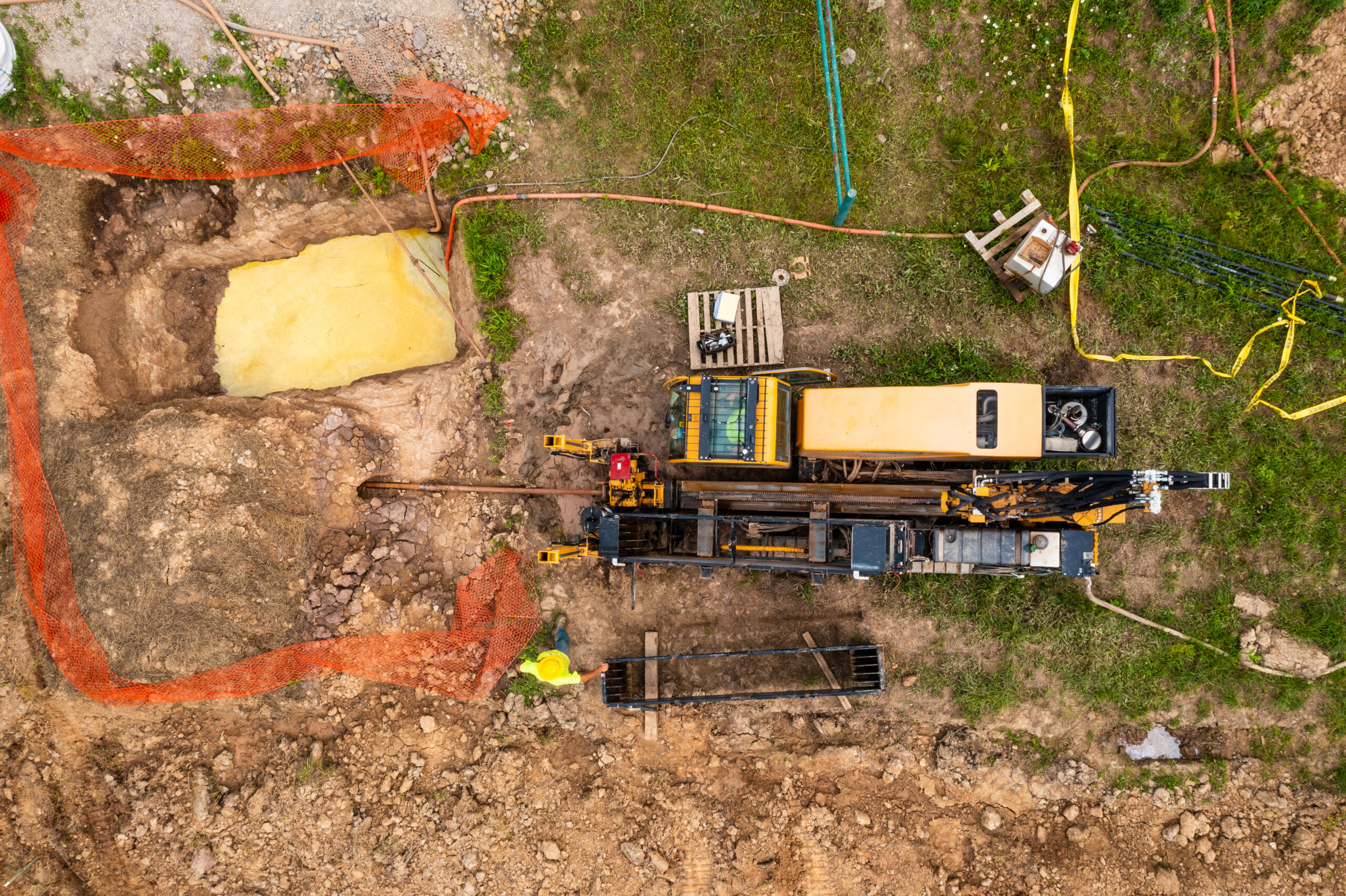The amazing Ecological Advantages of Horizontal Drilling Methods

In the current fast-changing building environment, horizontal directional drilling, also known as HDD, is recognized as game-changing technology. This method allows the installation of multiple utilities while causing minimalized interference to the surrounding natural surroundings. In click here to traditional excavation techniques which may cause considerable environmental changes and habitat disruption, HDD presents a much sustainable approach, thereby becoming more popular for initiatives in city areas and vulnerable zones.
Understanding how HDD functions and its multiple benefits is crucial for project planners and stakeholders alike. As we delve into the environmental advantages of HDD, we'll explore its role in minimizing ground interference, its roles in various infrastructure installations including hydration, drainage, and telecom, and how it allows construction in rugged areas. Through embracing this non-invasive method, we can not only simplify development efforts but also focus on the sustainability of our natural world.
Benefits of Directional Drilling
HDD offers several significant benefits over traditional trenching approaches. One of the key benefits is the decrease of surface interference. HDD allows for the setting of services underground without the requirement for extensive excavation, which minimizes harm to streets, walkways, and existing structures. This is particularly advantageous in urban areas where maintaining traffic management and reducing public disturbance is important.
Moreover, HDD is eco-friendly as it helps decrease erosion and sediment movement. By steering clear of large trenches, this technique maintains the surrounding ecosystem, including vegetation, bushes, and animal habitats. Also, HDD can move around sensitive ecological areas, guaranteeing that natural resources and habitats remain unharmed during development work. This declined environmental impact makes this method a popular choice in locations with rigid environmental laws.
A further benefit of HDD is its efficiency in scheduling. The method allows for faster installation of pipes, wires, and other utilities without the significant preparation and refurbishment required by traditional methods. This productivity not only saves time but can also lead to cost savings for builders and customers, making HDD a very attractive option for development projects across numerous industries.
Horizontal Directional Drilling Process and Techniques
HDD is a non-traditional technology that enables the installation of pipelines and wires beneath the surface without disrupting the land. The process starts with site preparation and planning, which is essential to determine the best path for the boring tool. During this stage, inspectors conduct thorough assessments of the landscape and existing facilities to identify any potential obstacles that could hinder drilling. Information collected from soil samples and environmental studies plays a role to creating a successful strategy for the project.
Once the path has been established, drilling equipment is set up at both the starting and ending points. A pilot hole is drilled using a specialized drill bit that is controlled by a navigation system, ensuring that the drill follows the predetermined route. This phase is critical as it requires precision and attention to detail. Real-time data from the guidance system enables operators to make adjustments on the fly, ensuring that the drilling progresses accurately and remains within the required depth and alignment.
After completing the pilot hole, the next step involves the expansion process, where the hole is gradually enlarged to fit the pipeline or cable being installed. This is done by retrieving a reamer through the pilot hole, which enlarges it to the appropriate diameter. Finally, the pipeline or cable is inserted into the newly formed borehole. Throughout this entire process, continuous oversight ensures that security and environmental standards are maintained, minimizing interferences and hazards associated with traditional trenching methods.
Ecological Concerns and Upcoming Innovations
As the requirement of infrastructure developments increases, the necessity of eco-friendly approaches becomes essential. Horizontal Directional Drilling (HDD) stands out by significantly minimizing ground disturbance relative to traditional trenching methods. HDD facilitates the installation of utilities without the need for digging, reducing harm to natural habitats and maintaining the quality of local environments. By operating below the surface, HDD lowers the risk of ground erosion and loss of habitats, making it an perfect choice for sensitive environmental projects.
Looking ahead, the convergence of cutting-edge technologies with HDD is set to enhance both its effectiveness and eco-friendly advantages. Innovations in Global Positioning System and immediate monitoring technologies improve exactness during the drilling process, making certain little disturbance to nearby areas. As regulations around sustainability regulations continue to become more stringent, HDD is poised to become an even more popular choice for urban infrastructure projects due to its low-impact nature and proficiency in traversing challenging terrains while ensuring compliance with eco-friendly standards.
As businesses move towards more sustainable practices, HDD's importance will broaden beyond conventional utility installations. The technique is increasingly being applied in renewable energy infrastructure, such as wind and solar projects, where reducing ecological impact is critical. The ongoing evolution of HDD technology, coupled with a mounting focus on responsible construction, promises a future where this method remains at the leading edge of ecological awareness in building practices.

